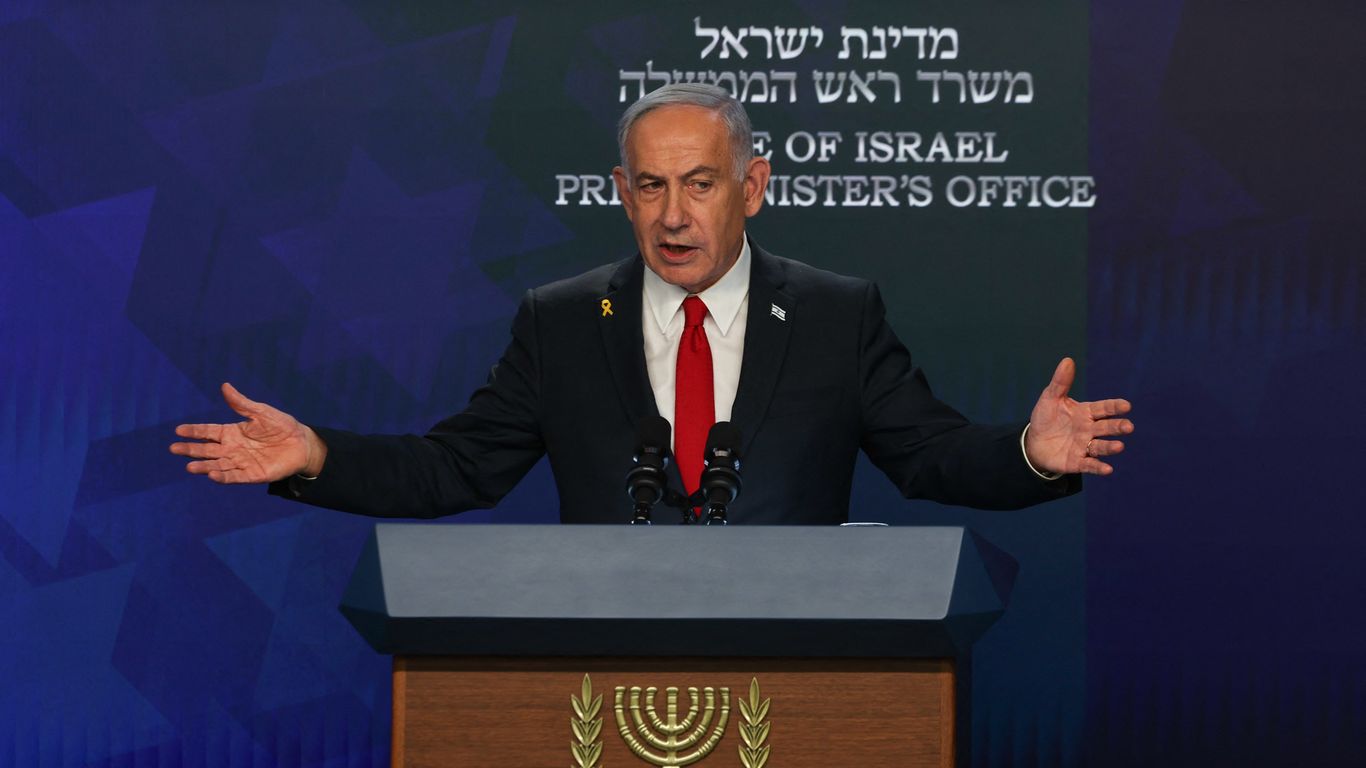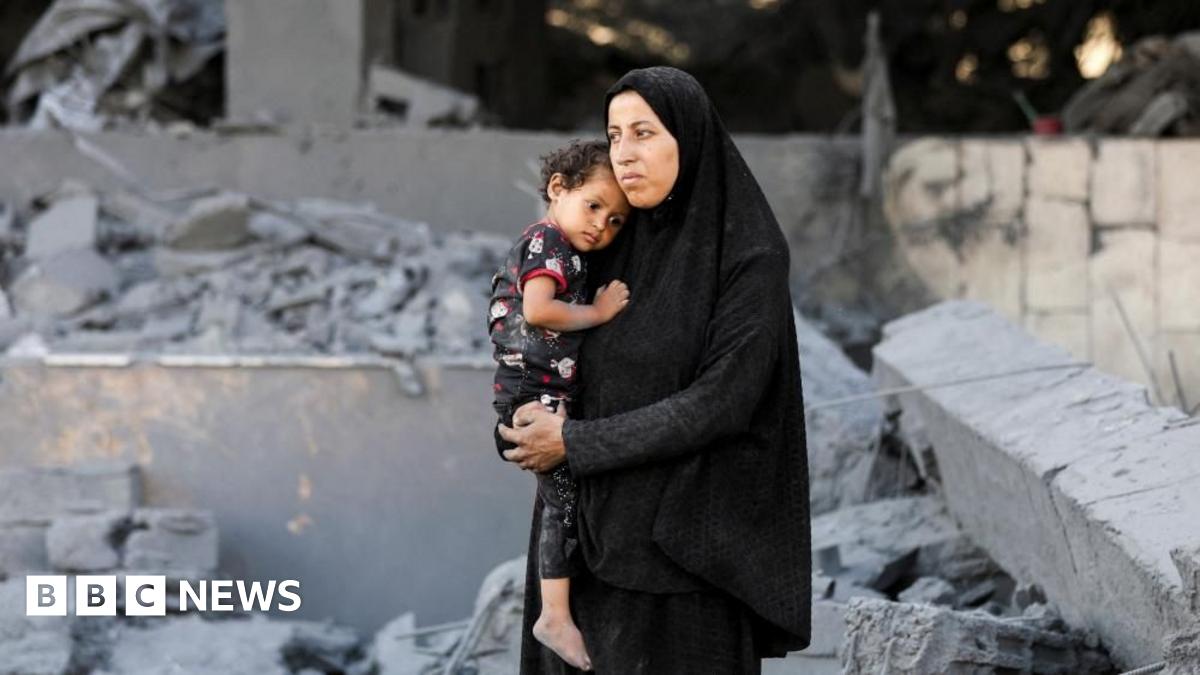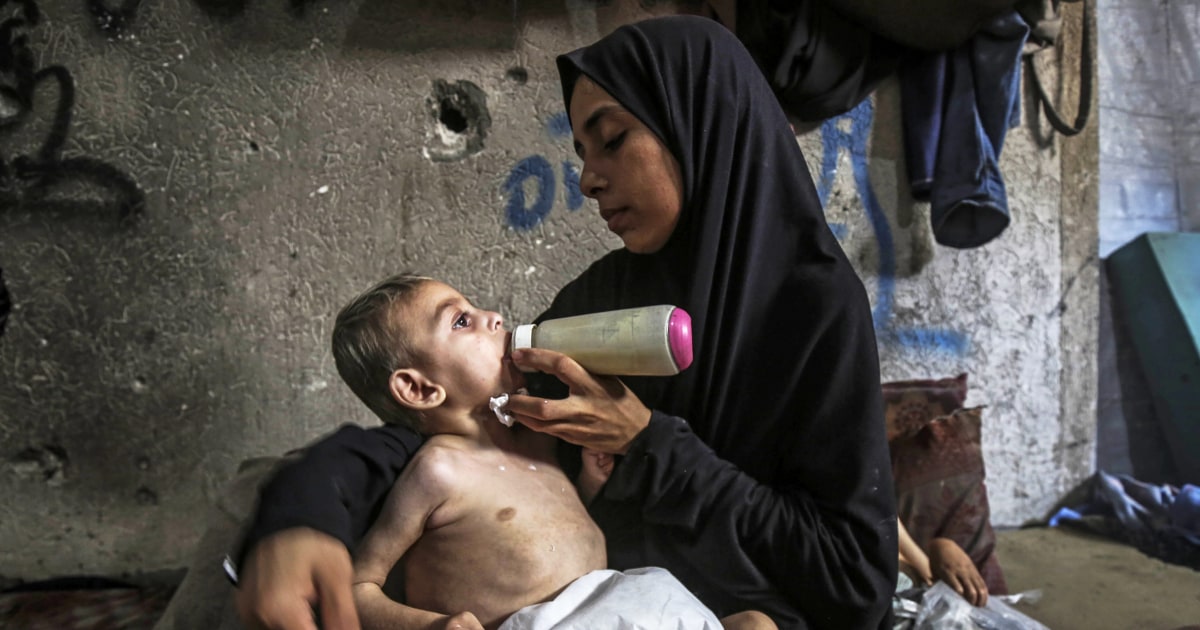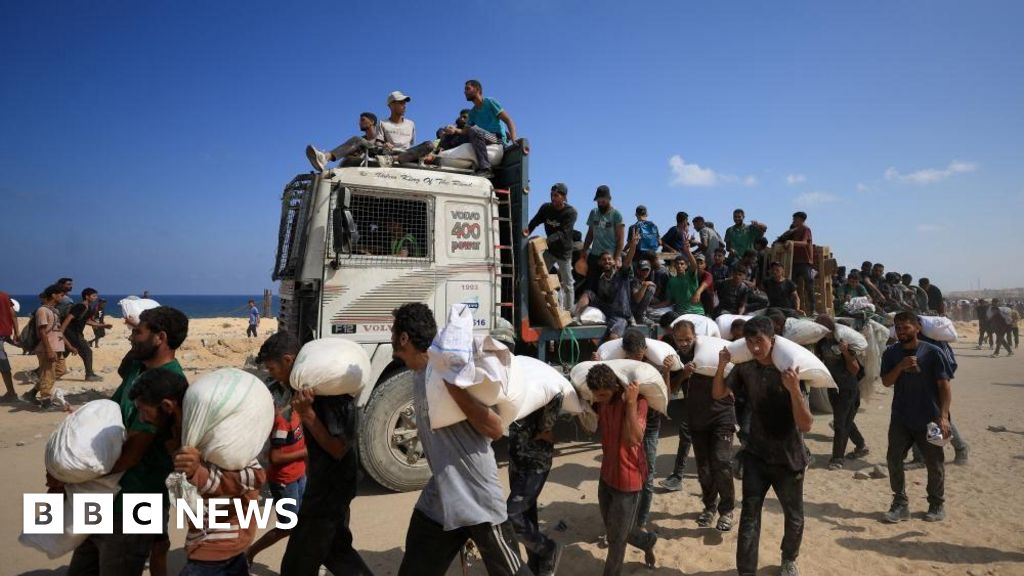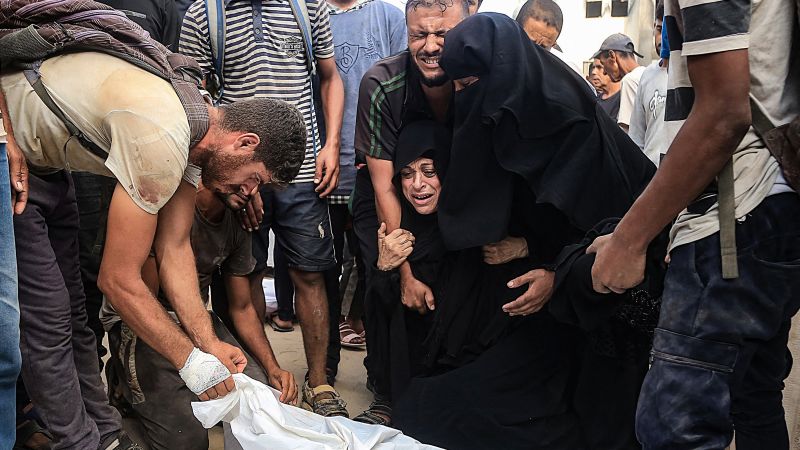Escalating Conflict in Gaza: Impact and Protests
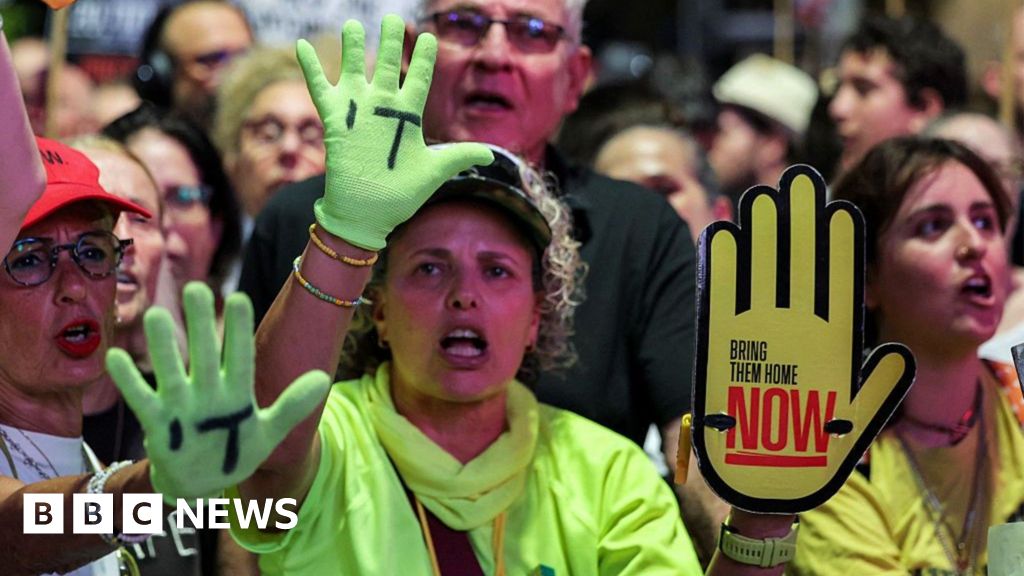
Introduction
The conflict between Israel and Gaza continues to escalate as protesters in Israel intensify their pressure against the plan to expand the Gaza war. This comes as the Hamas-run health ministry reports five deaths, including two children, in the past 24 hours due to malnutrition in Gaza.
Impact of the Conflict
The ongoing violence in Gaza has resulted in severe humanitarian crisis for the civilian population. The blockade of Gaza by Israel has limited the access to essential resources such as food, water, and medical supplies. This has led to a rise in malnutrition and other health issues, especially among children. The recent deaths reported by the health ministry highlights the dire situation in Gaza and the urgent need for a resolution to the conflict.
The Role of Protests
The protests in Israel against the expansion of the Gaza war show the growing dissatisfaction with the government's handling of the conflict. The protesters are calling for an end to the violence and a peaceful resolution to the conflict. The pressure from these protests may push the government to take a more diplomatic approach and work towards a ceasefire. It also serves as a reminder that the impact of the conflict is not limited to Gaza, but also affects the people of Israel.
About the Organizations Mentioned
Hamas-run health ministry
## Hamas-Run Health Ministry: Overview and Context The Hamas-run Gaza Health Ministry, officially known as the Palestinian Ministry of Health – Gaza, is the primary institution responsible for managing healthcare and medical services in the Gaza Strip[2]. Since Hamas took full control of Gaza following violent clashes with the Fatah faction in 2007, it has governed all governmental functions, including health services, through this ministry[1][4]. The ministry oversees hospitals, clinics, and public health initiatives, and is the sole source of official casualty data during conflicts, tracking fatalities and injuries among Gazans[3]. ## History and Governance After Israel’s withdrawal from Gaza in 2005, Hamas won legislative elections in 2006 and subsequently seized control of Gaza’s institutions, including health services[4]. The ministry was established as part of Hamas’ broader governance structure, which has been described as authoritarian and lacking transparency by international watchdogs[4]. While some health professionals within the ministry assert their independence from political influence, the ministry’s operations are ultimately under Hamas’ administrative and political control[1][2]. ## Methodology and Data Collection The ministry compiles casualty figures using data from hospitals, media reports (sometimes later denied), and a public online form for families to report deaths[2]. It has published detailed lists of identified and unidentified victims during recent conflicts, though the process has faced scrutiny over accuracy and potential bias, given Hamas’ role as a party to the conflict[1][2]. Human Rights Watch has noted that, while the numbers are not implausible, there are challenges in distinguishing combatants from civilians and verifying immediate casualty counts[2]. ## Key Achievements and Challenges Despite operating under blockade and frequent conflict, the ministry has maintained a basic healthcare infrastructure in Gaza, providing essential services amid severe resource limitations. Its most notable—and controversial—achievement is its role as the primary source of casualty data during wars, which is widely cited by international media and organizations
